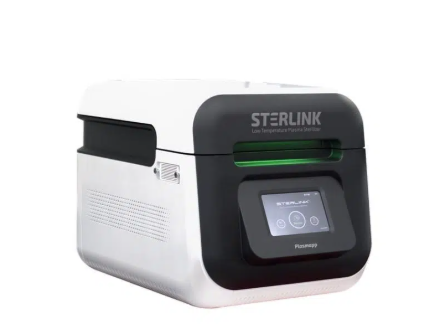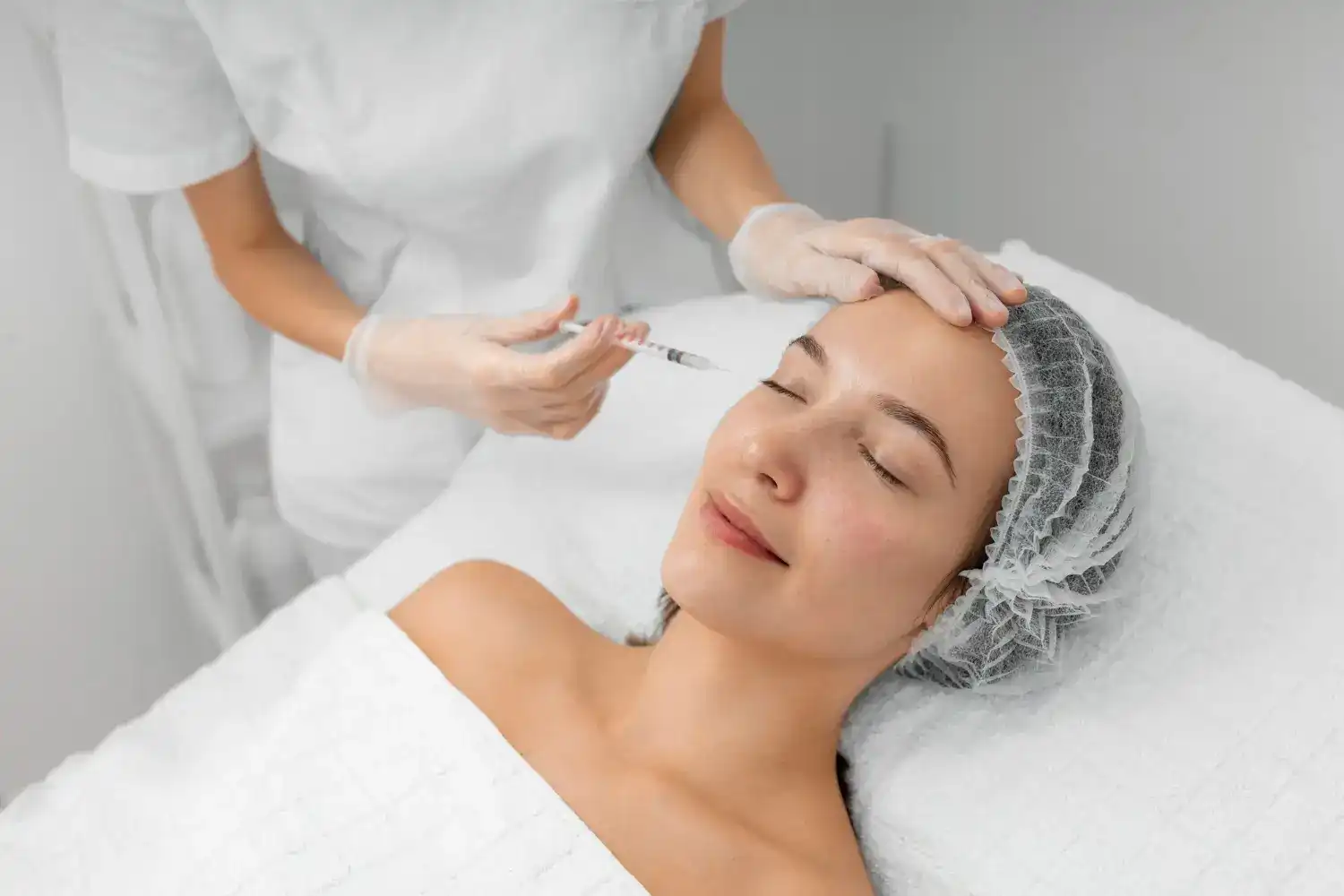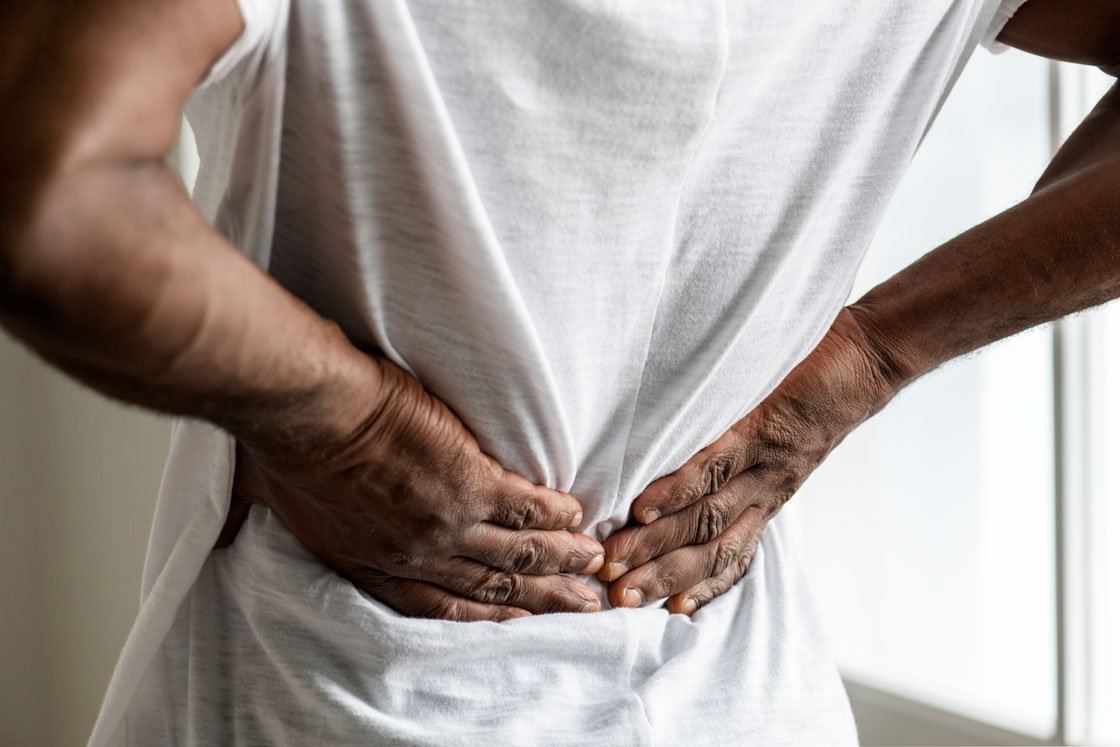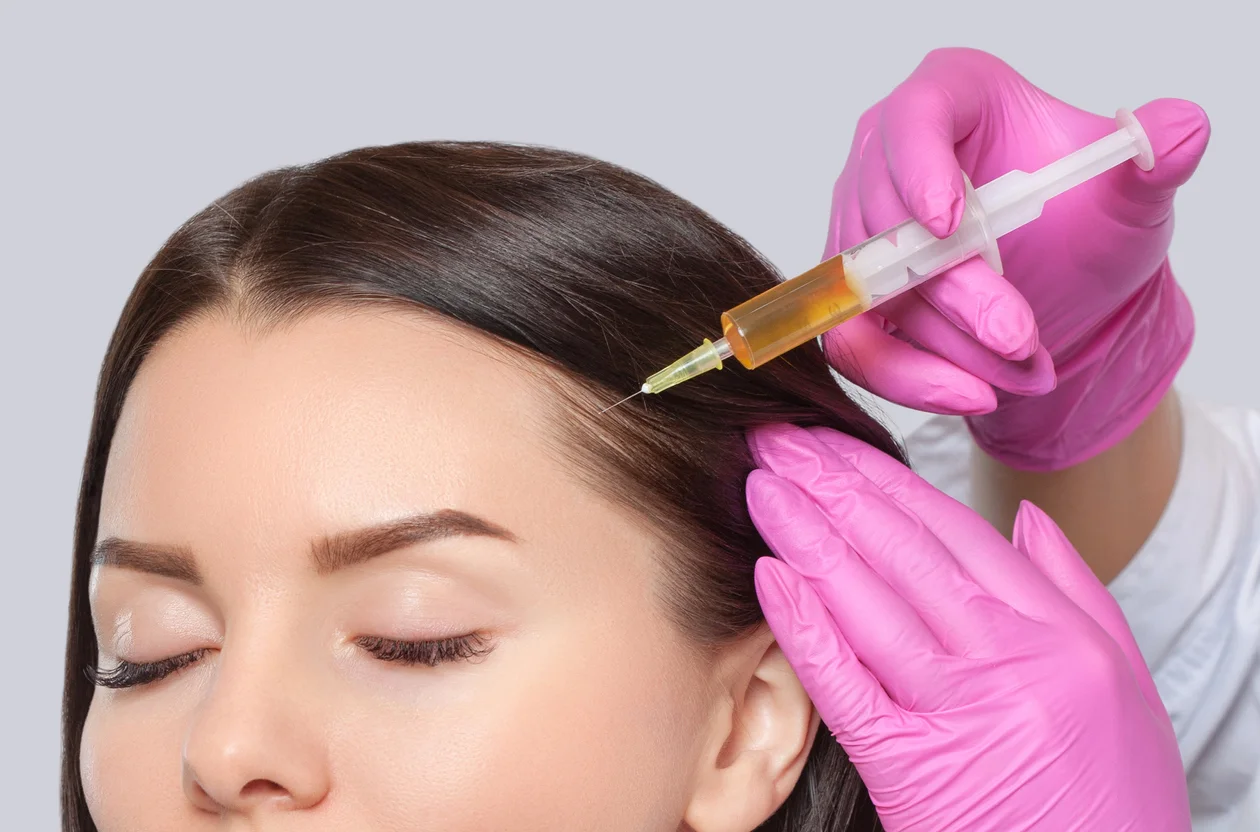Surgical wound closure is a critical step in any procedure, directly influencing healing time, infection control, and cosmetic outcomes. Traditionally, sutures have been the go-to method, but in recent years, medical professionals have increasingly turned to devices that improve efficiency and consistency in wound closure. Among these, the skin stapler stands out as a reliable, time-saving tool that delivers secure closure in both routine and emergency procedures.
What Is a Skin Stapler?
A skin stapler is a single-use, sterile medical device designed to close skin wounds using a series of stainless steel staples. Unlike sutures, which require the individual placement of each stitch, the stapler applies staples in rapid succession with each press of the trigger. This design reduces procedure time significantly and provides uniform closure, which is especially helpful in high-pressure situations such as trauma care or veterinary surgery.
Key Features and Design Benefits
Modern skin staplers are built with several user-centric features that improve the surgical experience and enhance procedural outcomes:
- Medical-Grade Stainless Steel Staples
- The staples are resistant to corrosion and designed to maintain their structure during application and removal, reducing the risk of fragmenting under stress.
- Visible Staple Counter
- Most models have a built-in counter that clearly shows how many staples remain in the cartridge. This allows the operator to plan accordingly without being interrupted mid-procedure.
- Ergonomic Design
- The handle is designed to fit comfortably in the user’s hand, reducing fatigue during longer surgeries. A short trigger mechanism allows quick action without requiring significant force.
- Clear View of the Operating Site
- The stapler’s body is shaped to provide an unobstructed view of the incision. This is crucial when working in areas with limited visibility or delicate tissue.
When and Where Skin Staplers Are Used
Skin staplers are widely used in various medical fields, including general surgery, orthopedics, emergency care, and veterinary medicine. They are suitable for both minor and major procedures, especially where time efficiency and uniform closure are critical.
Common applications include:
- Closing long incisions in orthopaedic or abdominal surgery
- Managing trauma wounds in emergency departments
- Fast wound closure during field or mobile veterinary surgeries
- Reducing operating time in high-turnover surgical centers
Staplers are particularly useful in high-volume clinics where minimizing time per procedure without sacrificing quality is essential.
Advantages Of Traditional Sutures
While sutures remain essential in many procedures, staplers offer clear advantages under specific conditions:
- Speed
- Applying a staple takes less time than tying a suture, which is particularly helpful when closing long incisions or working in time-sensitive environments.
- Consistency
- Each staple is placed with the same depth and spacing, improving uniformity in wound closure and reducing the chance of uneven tension on the skin.
- Reduced Tissue Reaction
- Since the staples do not penetrate as deeply as some sutures, they often cause less trauma to the tissue, potentially reducing the inflammatory response.
- Ease of Use
- The stapler design requires less manual dexterity compared to suturing, making it easier for less experienced personnel to use effectively under supervision.
Proper Usage and Best Practices
Although skin staplers are designed for ease of use, correct application is essential for successful outcomes. Here are some practical tips:
- Align Wound Edges Accurately
- Before applying each staple, ensure the wound edges are everted (slightly turned outward) to promote better healing and minimize scarring.
- Control Staple Depth
- Apply consistent pressure with each trigger pull. Uneven force may lead to staples being either too shallow or too deep, which can affect wound healing and comfort.
- Follow Staple Spacing Guidelines
- Avoid placing staples too close together or too far apart. Spacing should allow the skin to breathe and accommodate swelling without pulling apart.
- Monitor for Infection
- Post-operatively, monitor the site for redness, swelling, or discharge. Although the staples are sterile at application, infection can still occur if proper wound care is not followed.
Post-Operative Considerations
After the staples have been applied, patient care continues to be essential:
- Dressing and Cleaning
- Keep the wound covered with sterile dressings and follow a cleaning schedule to prevent infection.
- Staple Removal
- Staples are generally removed 7–14 days post-operation, depending on the location and depth of the incision. A dedicated staple remover should be used to minimize discomfort and prevent skin damage.
- Patient Monitoring
- Patients should be advised to report any signs of infection or irritation. Follow-up visits should include inspection of wound healing and assessment of staple placement integrity.
Conclusion
The skin stapler is an effective, reliable, and efficient tool for wound closure in a wide range of surgical settings. Its ability to reduce closure time, ensure consistent results, and minimize tissue trauma makes it a preferred choice for many healthcare professionals. When used correctly, it contributes significantly to improved surgical outcomes, quicker recovery times, and better patient satisfaction.
Whether in a hospital operating room, an outpatient surgical centre, or a mobile veterinary unit, having high-quality, sterile skin staplers on hand ensures readiness for procedures where precision and speed are essential.
















Leave a Reply